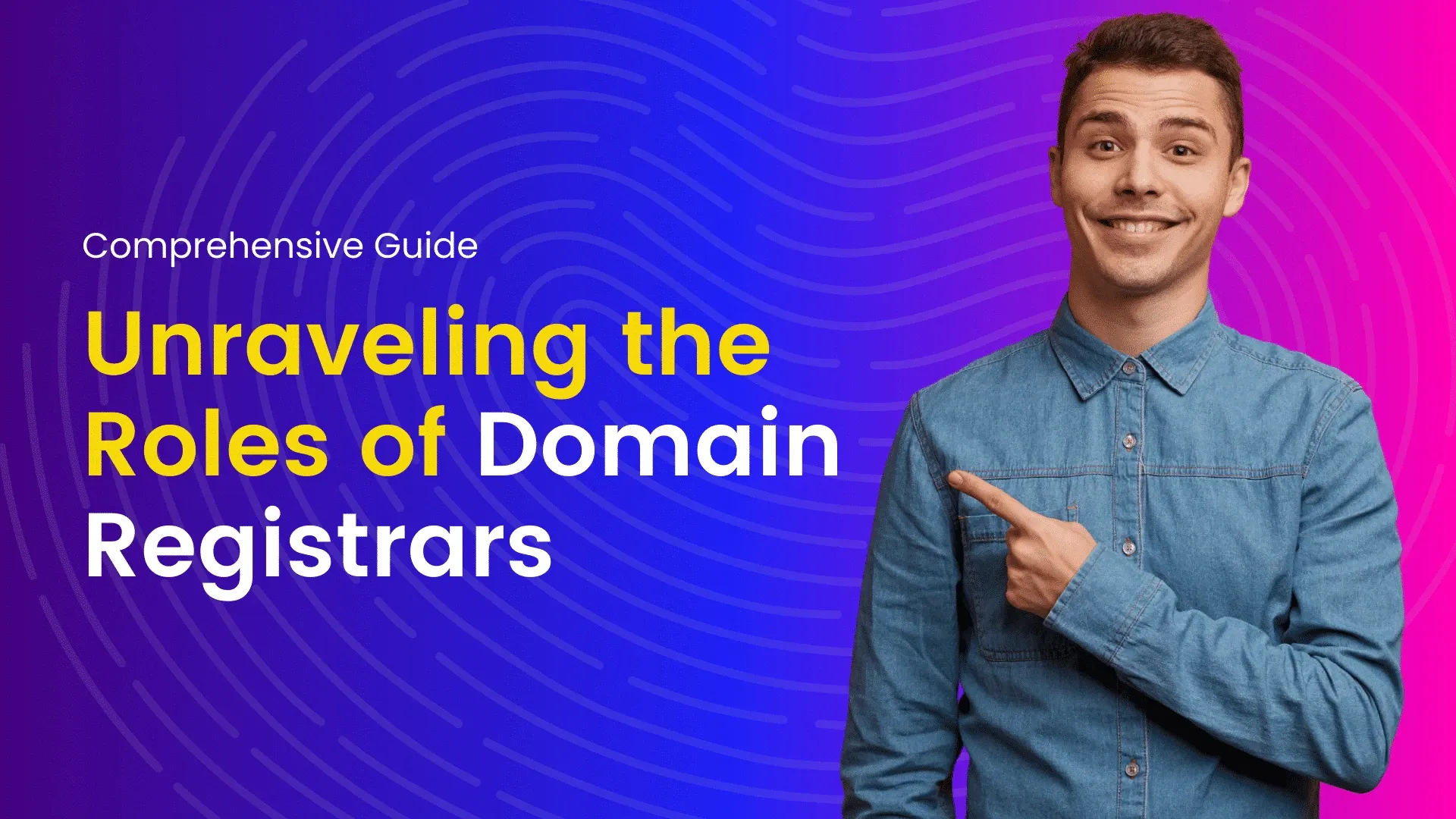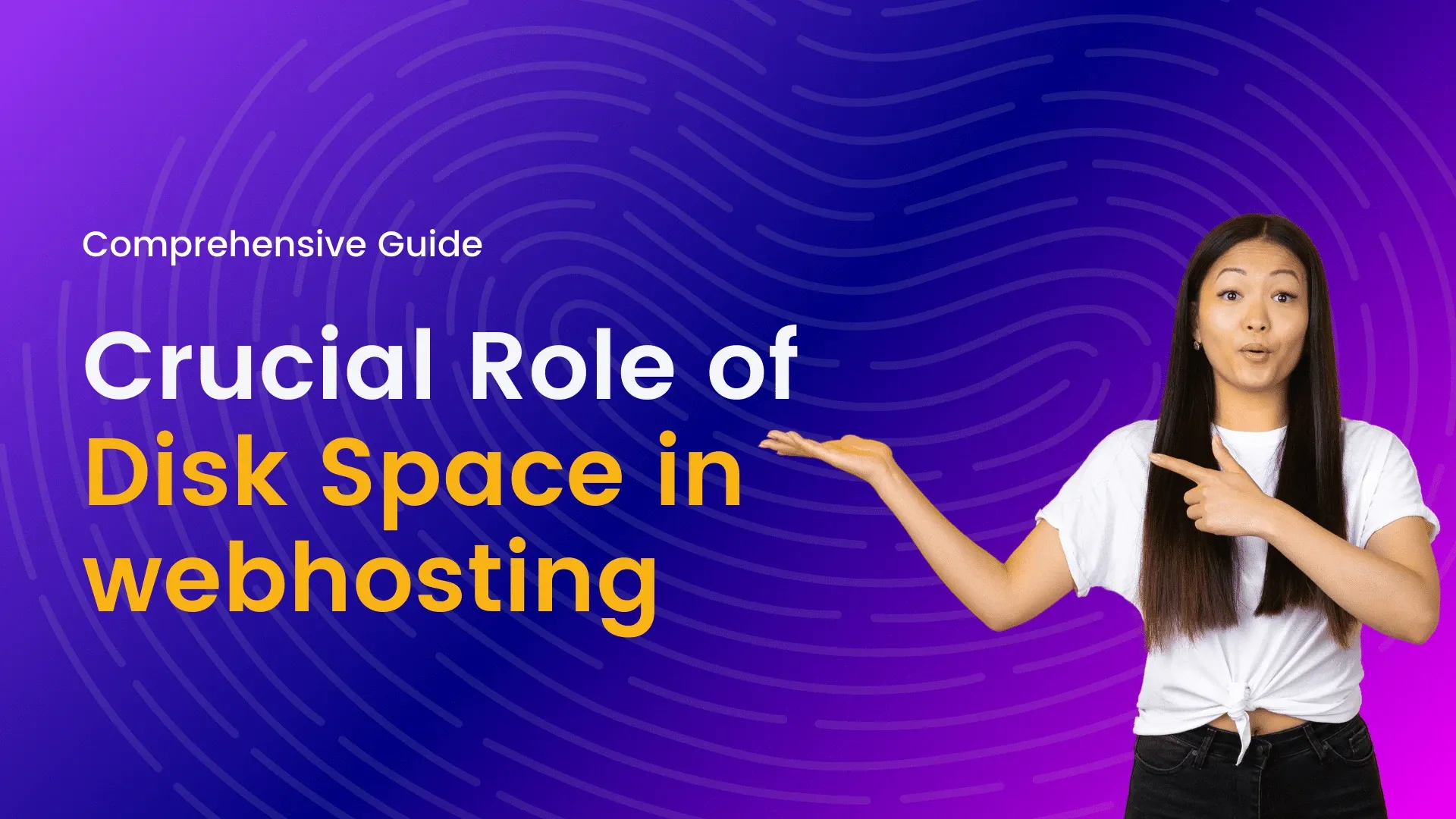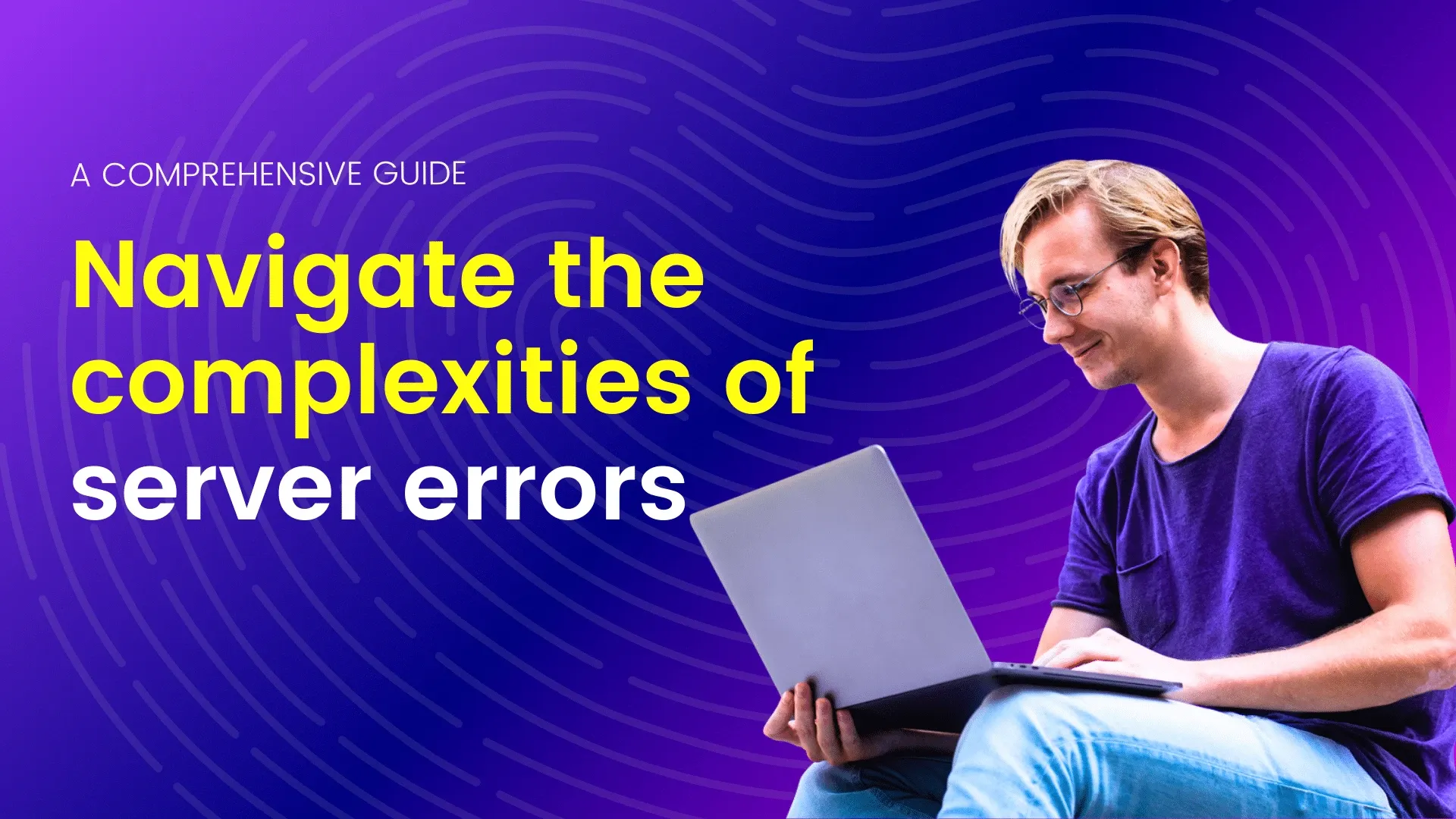In a move aimed at bolstering email security and combating phishing attacks, tech giants Google and Yahoo have announced updated email authentication requirements for the year 2024. The new measures signal a proactive effort to enhance the integrity of email communication and protect users from malicious actors.
Email has long been a fundamental communication tool, but its widespread use also makes it a prime target for cybercriminals seeking to exploit vulnerabilities. Phishing attacks, in particular, rely on deceptive emails to trick recipients into revealing sensitive information or clicking on malicious links. To address this threat, Google and Yahoo are implementing stricter authentication protocols designed to verify the legitimacy of email senders and prevent unauthorized access.
Check DMARC now to safeguard your emails! Protect against spoofing and phishing. Secure your brand reputation. Act today!
One of the key components of the updated requirements is the adoption of Domain-based Message Authentication, Reporting, and Conformance (DMARC) policies. DMARC helps email providers determine whether incoming messages are from legitimate senders by authenticating the domain through which the email was sent. By enforcing DMARC policies, Google and Yahoo can better identify and block spoofed or fraudulent emails, thereby reducing the risk of phishing attacks.
Both companies are encouraging the widespread adoption of Transport Layer Security (TLS) encryption for email transmission. TLS encrypts email data during transit, making it more difficult for third parties to intercept and read sensitive information. By making TLS encryption a standard practice, Google and Yahoo aim to safeguard the privacy and security of users’ email communications.
Furthermore, Google and Yahoo are urging email senders to implement Sender Policy Framework (SPF) and DomainKeys Identified Mail (DKIM) authentication mechanisms. SPF verifies that an email message originates from an authorized IP address associated with the sender’s domain, while DKIM adds a digital signature to each outgoing email, allowing recipients to verify its authenticity. Together, SPF and DKIM help prevent email spoofing and ensure that messages reach recipients securely.
These updated email authentication requirements reflect a collaborative effort between email service providers, domain owners, and cybersecurity experts to mitigate the risks associated with email-based threats. By implementing robust authentication measures, Google and Yahoo are taking proactive steps to enhance the trustworthiness of email communication and safeguard users’ sensitive information.
Google and Yahoo Bulk Senders Required to Implement DMARC
In a bid to enhance email security and combat phishing attacks, Google and Yahoo, two of the world’s largest email service providers, have announced a significant policy change. Both companies are now requiring bulk senders to implement Domain-based Message Authentication, Reporting, and Conformance (DMARC) protocols. This move aims to strengthen email authentication practices and protect users from malicious email activities.
DMARC is an email authentication protocol that helps organizations prevent unauthorized use of their domain names. It works by allowing email senders to specify how their emails should be handled if they fail authentication checks. This includes specifying actions such as quarantine or reject for emails that fail authentication, providing valuable insights into email delivery and security.
Google and Yahoo’s decision to mandate DMARC implementation for bulk senders reflects the growing importance of email security in today’s digital landscape. Phishing attacks, in particular, have become increasingly sophisticated, often exploiting vulnerabilities in email authentication protocols to deceive users and compromise sensitive information.
By requiring bulk senders to implement DMARC, Google and Yahoo are taking proactive steps to mitigate the risks associated with unauthorized email usage. This move not only helps protect users from phishing attacks but also helps improve the overall reliability and trustworthiness of email communications.
For bulk senders, complying with Google and Yahoo’s DMARC mandate is essential to ensure uninterrupted email delivery and maintain a positive sender reputation. Failure to implement DMARC could result in emails being flagged as spam or even blocked by recipient email servers, leading to delivery failures and potential damage to sender reputation.
Key steps in implementing DMARC include
- Assessing current email authentication practices: Understand how emails are authenticated within your organization and identify any gaps or weaknesses in your current approach.
- Configuring DMARC policies: Define DMARC policies that specify how emails should be handled if they fail authentication checks. This includes specifying actions such as quarantine or reject and setting reporting preferences.
- Gradual implementation and monitoring: Implement DMARC gradually, starting with a monitoring-only mode to assess its impact on email delivery and identify any issues. Monitor DMARC reports regularly to identify and address any authentication failures or anomalies.
- Continual optimization: Continuously refine and optimize your DMARC policies based on feedback and insights from DMARC reports. This may involve adjusting policy settings, updating DNS records, or collaborating with third-party email service providers.
Email Authentication Requirements for Bulk Senders: Google vs. Yahoo
In today’s digital age, email has become an indispensable tool for communication, marketing, and business operations. However, with the rise of cyber threats such as phishing and spam, ensuring the security and authenticity of emails has become paramount. Email authentication protocols play a crucial role in verifying the legitimacy of senders and protecting users from malicious activities. Among the major email service providers, Google and Yahoo have implemented stringent authentication requirements for bulk senders. In this article, we’ll delve into the email authentication requirements of Google and Yahoo, comparing their approaches and highlighting the importance of compliance for bulk senders.
Google’s Email Authentication Requirements
Google, the provider of Gmail, one of the world’s most popular email services, has adopted a robust set of email authentication protocols to enhance security and combat spam. The primary authentication methods utilized by Google include SPF (Sender Policy Framework), DKIM (DomainKeys Identified Mail), and DMARC (Domain-based Message Authentication, Reporting, and Conformance).
- SPF (Sender Policy Framework): SPF allows domain owners to specify which mail servers are authorized to send emails on behalf of their domain. When an email is received, the recipient’s mail server checks the SPF record of the sender’s domain to verify its authenticity.
- DKIM (DomainKeys Identified Mail): DKIM adds a digital signature to outgoing emails, which is verified by the recipient’s mail server using cryptographic techniques. This ensures that the email has not been tampered with during transit and originated from the claimed domain.
- DMARC (Domain-based Message Authentication, Reporting, and Conformance): DMARC builds upon SPF and DKIM to provide domain owners with greater control over their email authentication policies. It allows senders to specify how they want emails that fail authentication checks to be handled, such as being quarantined or rejected.
For bulk senders, Google recommends implementing all three authentication methods (SPF, DKIM, and DMARC) with strict alignment policies to maximize deliverability and minimize the risk of emails being marked as spam.
Yahoo’s Email Authentication Requirements
Similarly, Yahoo, another major player in the email service provider space, has established its own email authentication standards to protect users and maintain the integrity of its platform. Yahoo’s authentication requirements primarily revolve around SPF, DKIM, and DMARC, mirroring Google’s approach.
- SPF (Sender Policy Framework): Yahoo checks the SPF records of incoming emails to verify the authenticity of the sender’s domain. Only emails originating from authorized mail servers are accepted, reducing the likelihood of spoofed or fraudulent messages.
- DKIM (DomainKeys Identified Mail): DKIM signatures are used by Yahoo to validate the integrity of emails and confirm that they were sent from the claimed domain. This helps prevent email forgery and ensures that messages have not been altered in transit.
- DMARC (Domain-based Message Authentication, Reporting, and Conformance): DMARC enables domain owners to specify their preferred authentication policies and receive reports on email authentication activity. By implementing DMARC, bulk senders can better monitor and manage their email deliverability, enhancing their reputation and trustworthiness.
Like Google, Yahoo encourages bulk senders to adopt a comprehensive email authentication strategy encompassing SPF, DKIM, and DMARC. By adhering to these standards, senders can improve the reliability of their email communications and mitigate the risk of being flagged as spam.
Comparison of Google vs. Yahoo Email Authentication Requirements
While both Google and Yahoo prioritize email authentication to safeguard their users and maintain the integrity of their platforms, there are some differences in their specific requirements and recommendations for bulk senders.
- Implementation Guidance: Google and Yahoo provide detailed documentation and best practices for implementing SPF, DKIM, and DMARC. However, the specific configuration settings and recommended policies may vary slightly between the two providers.
- Reporting Mechanisms: Both Google and Yahoo offer reporting features as part of DMARC to provide insight into email authentication activity. However, the format and frequency of these reports may differ, requiring senders to familiarize themselves with each provider’s reporting capabilities.
- Enforcement Policies: While both Google and Yahoo support DMARC enforcement policies to specify how to handle emails that fail authentication checks, the default enforcement level and options for customization may differ. Senders should carefully review and configure their DMARC policies according to their preferences and requirements.
- Impact on Deliverability: Compliance with email authentication requirements can have a significant impact on email deliverability. Bulk senders must ensure that their authentication records are correctly configured and aligned with their sending infrastructure to avoid delivery issues and potential spam filtering.
Universal Requirements for Google Email Senders
In today’s digital age, email communication remains a cornerstone of personal and business interactions. With billions of emails sent daily, ensuring the reliability and security of email delivery is paramount. Google, as one of the leading email service providers, has established stringent requirements for senders to maintain high deliverability rates and foster trust among users. Understanding and adhering to these universal requirements is essential for anyone sending emails through Google’s platforms.
Google Email Sender Requirements
Google’s email services, including Gmail and G Suite, are used by millions worldwide. To maintain the integrity of their platforms and protect users from spam, phishing, and other malicious activities, Google implements robust policies and guidelines for email senders. These requirements aim to uphold email deliverability, security, and user trust.
Key Universal Requirements
- Authentication Protocols :Authentication protocols such as SPF (Sender Policy Framework), DKIM (DomainKeys Identified Mail), and DMARC (Domain-based Message Authentication, Reporting, and Conformance) are fundamental for verifying the authenticity of email senders. Implementing these protocols ensures that emails are less likely to be flagged as spam and are delivered securely to recipients’ inboxes.
- Consistent Sending Practices: Consistency in sending practices involves maintaining a positive sending reputation by sending relevant and solicited emails at regular intervals. Abrupt changes in sending volume or sudden spikes in email activity can trigger spam filters and negatively impact deliverability. Senders should adhere to established sending frequencies and avoid sudden deviations.
- High-Quality Content : Content quality plays a crucial role in email deliverability. Emails should contain relevant, engaging, and valuable content that aligns with recipients’ expectations. Avoiding spammy language, excessive use of images, and misleading subject lines is essential for ensuring that emails are not flagged as spam by filters.
- Opt-in Subscriptions : Sending emails only to recipients who have explicitly opted in to receive communications is a fundamental principle of email marketing. Obtaining consent ensures that emails are welcomed by recipients, reducing the likelihood of spam complaints and improving deliverability rates. Additionally, providing clear opt-out mechanisms demonstrates respect for recipients’ preferences.
- Respect for User Privacy : Respecting user privacy is paramount in email communication. Senders must comply with applicable data protection regulations, such as the General Data Protection Regulation (GDPR) in the European Union and the CAN-SPAM Act in the United States. This includes obtaining consent for data processing, providing transparent privacy policies, and safeguarding personal information from unauthorized access.
Implications of Non-compliance
Failure to adhere to Google’s email sender requirements can have severe consequences, including:
- Reduced Deliverability: Emails may be filtered as spam or blocked entirely, resulting in poor inbox placement and low engagement rates.
- Damage to Reputation: Violating email policies can tarnish a sender’s reputation, making it challenging to rebuild trust with both recipients and email service providers.
- Account Suspension: Persistent non-compliance with Google’s guidelines may lead to account suspension or termination, restricting the sender’s ability to send emails through their platforms.
Understanding Gmail’s General vs. Bulk Email Sender Guideline
Gmail has specific guidelines regarding the differentiation between general and bulk email senders to ensure better email delivery and user experience. Understanding these guidelines can help email marketers and users comply with Gmail’s policies and avoid their emails being marked as spam or filtered out.
Breakdown of Gmail’s general vs. bulk email sender guidelines
General Email Sender
- A general email sender typically refers to individual users or small-scale senders who send emails to a relatively small number of recipients.
- These emails are usually personal or one-to-one communications.
- General email senders typically send emails directly from their personal Gmail accounts or through other email service providers.
Bulk Email Sender
- A bulk email sender refers to organizations or individuals who send emails to a large number of recipients simultaneously.
- These emails are often newsletters, promotional emails, notifications, or updates sent to a subscriber list.
- Bulk email senders typically use email marketing platforms or email service providers to manage and send their campaigns.
Key Guidelines for Bulk Email Senders
- Authenticate Your Emails: Use SPF, DKIM, and DMARC authentication to verify your domain and improve email deliverability.
- Maintain Good Sender Reputation: Avoid sending spammy or irrelevant content, and adhere to email best practices to maintain a positive sender reputation.
- Provide Opt-in and Opt-out Options: Obtain explicit consent from recipients before adding them to your email list, and offer easy opt-out mechanisms to comply with anti-spam regulations.
- Avoid Spam Triggers: Craft your email content carefully to avoid triggering spam filters. This includes avoiding excessive use of caps, exclamation marks, or spammy phrases.
- Monitor Engagement Metrics: Monitor open rates, click-through rates, and other engagement metrics to assess the effectiveness of your email campaigns and adjust strategies accordingly.
- Manage Bounce Rates: Regularly clean your email list to remove invalid or inactive email addresses, which can negatively impact your sender reputation.
- Follow Gmail Bulk Sender Guidelines: Familiarize yourself with Gmail’s specific guidelines for bulk email senders and comply with their requirements to ensure optimal email deliverability.
Yahoo Email Sender Requirements for All Senders
In the expansive realm of email communication, Yahoo remains one of the most widely used platforms, serving millions of users across the globe. However, with great reach comes great responsibility, especially when it comes to maintaining the integrity and security of the email ecosystem. Yahoo has established stringent requirements for email senders to ensure that messages are delivered reliably and safely to their recipients. These requirements, encompassing various technical and authentication protocols, are vital for senders to understand and adhere to in order to optimize deliverability and avoid being flagged as spam. In this article, we’ll delve into the essential Yahoo email sender requirements that all senders should be aware of.
- Sender Policy Framework (SPF): SPF is an email validation protocol that allows domain owners to specify which mail servers are authorized to send emails on behalf of their domain. Yahoo requires senders to set up SPF records to verify the authenticity of outgoing emails. By publishing SPF records in their Domain Name System (DNS) settings, senders can prevent spammers from forging their domain name and reduce the likelihood of their emails being marked as spam.
- DomainKeys Identified Mail (DKIM): DKIM is another email authentication method that adds a digital signature to outgoing emails, allowing the receiving server to verify that the message was sent by an authorized sender and hasn’t been tampered with during transit. Yahoo recommends implementing DKIM for all outgoing emails to enhance deliverability and protect against spoofing and phishing attacks.
- Domain-based Message Authentication, Reporting, and Conformance (DMARC): DMARC builds upon SPF and DKIM to provide further protection against email spoofing and phishing. It enables domain owners to specify how their emails should be handled if they fail authentication checks, allowing them to monitor and control email delivery from their domains. Implementing DMARC policies in conjunction with SPF and DKIM can significantly reduce the risk of domain abuse and email fraud.
- Proper IP Reputation: Maintaining a good reputation for your sending IP addresses is crucial for inbox placement and deliverability. Yahoo, like many other email providers, monitors the reputation of sending IPs to determine whether incoming emails should be accepted, rejected, or marked as spam. Senders should ensure that their IPs are not associated with spammy behavior, such as sending a high volume of unsolicited emails or engaging in other malicious activities.
- Consistent Volume and Engagement: Yahoo also considers the volume and engagement metrics of outgoing emails when determining their deliverability. Senders should strive to maintain a consistent sending volume and focus on engaging with recipients through relevant and valuable content. Irregular sending patterns or a lack of recipient engagement may raise red flags and lead to emails being filtered or blocked.
- Compliance with Yahoo’s Policies: Lastly, it’s essential for senders to familiarize themselves with Yahoo’s email policies and guidelines to ensure compliance. This includes refraining from sending unsolicited bulk emails (spam), adhering to Yahoo’s acceptable use policy, and respecting recipients’ preferences regarding email subscriptions and communications.
Slowly Enforcing Email Sender Requirements Over Time
Enforcing email sender requirements over time, especially for large email providers like Yahoo and Google, typically involves a phased approach to minimize disruptions while improving security. Here’s a general outline of how such a process might unfold:
- Initial Communication: Yahoo and Google would start by communicating their intention to enforce stricter email sender requirements. This communication might include blog posts, updates on their support pages, and direct communication with email senders registered with their services.
- Educational Period: Both providers would offer an educational phase where they provide resources and guidance on best practices for email authentication and sender verification. This might involve information on SPF (Sender Policy Framework), DKIM (DomainKeys Identified Mail), DMARC (Domain-based Message Authentication, Reporting, and Conformance), and BIMI (Brand Indicators for Message Identification).
- Soft Enforcement: Initially, Yahoo and Google might start with soft enforcement, where emails that fail authentication checks aren’t immediately blocked or marked as spam. Instead, they could be tagged with a notice to recipients indicating that the email failed authentication.
- Gradual Increase in Enforcement: Over time, Yahoo and Google would gradually increase the strictness of their enforcement policies. This might involve gradually increasing the percentage of emails that must pass authentication checks to avoid being marked as spam or rejected outright.
- Feedback Loop: Throughout the process, Yahoo and Google would likely provide feedback to email senders about emails that fail authentication checks. This feedback could include information on why the email failed authentication and how senders can resolve the issue.
- Monitoring and Adjustments: Yahoo and Google would continuously monitor the impact of their enforcement measures and make adjustments as needed. This might involve tweaking algorithms to reduce false positives, providing additional support resources for senders, or making changes to the enforcement criteria based on evolving threats and best practices.
- Full Enforcement: Eventually, Yahoo and Google would reach a point of full enforcement, where all emails must pass authentication checks to avoid being marked as spam or rejected. At this stage, failure to comply with authentication requirements would result in more aggressive actions, such as emails being blocked or delivered to spam folders.
Google and Yahoo Announce Updated Email Authentication Requirements for 2024: Enhancing Security Against Phishing Attacks
In the ever-evolving landscape of cybersecurity, email remains a primary target for malicious actors seeking to exploit vulnerabilities and deceive users. To combat the persistent threat of phishing attacks and enhance email security, tech giants Google and Yahoo have jointly announced updated email authentication requirements for 2024. These measures signify a proactive approach to bolstering the integrity of email communication and protecting users from fraudulent activities.
The updated email authentication requirements primarily focus on the adoption of two key standards
- Brand Indicators for Message Identification (BIMI) : BIMI serves as a mechanism for visual email authentication by enabling organizations to display their brand logos alongside authenticated emails in recipients’ inboxes. By registering their brand logos with BIMI validators, businesses can establish a visual trust indicator, enhancing brand recognition and fostering trust among recipients. This initiative not only strengthens brand identity but also assists users in identifying legitimate emails, thereby mitigating the risk of falling victim to phishing scams.
- Domain-based Message Authentication, Reporting, and Conformance (DMARC) policies : DMARC plays a pivotal role in email authentication by allowing domain owners to specify how their email messages should be handled if they fail authentication checks. By configuring DMARC policies, organizations can instruct email providers like Google and Yahoo on how to handle suspicious emails originating from their domains. This proactive approach empowers domain owners to enforce stricter authentication measures and mitigate the proliferation of phishing attacks leveraging their brand reputation.
The rationale behind these updated requirements lies in the escalating sophistication of cyber threats and the imperative to adapt security measures accordingly. With phishing attacks becoming increasingly sophisticated and deceptive, traditional methods of email authentication may no longer suffice in safeguarding users against evolving threats. Hence, the implementation of robust authentication standards such as BIMI and DMARC represents a proactive step towards fortifying email security and thwarting malicious endeavors.
The implications of these updated requirements extend beyond mere compliance for email senders and recipients. For businesses, ensuring adherence to BIMI and DMARC standards entails adopting comprehensive email authentication practices, verifying sender identities, and registering brand logos with authorized validators. Moreover, monitoring and analyzing email authentication reports are essential for maintaining compliance and promptly addressing any anomalies or security breaches.
For recipients, the adoption of BIMI and DMARC by email providers like Google and Yahoo translates into a safer email environment characterized by enhanced trust and reduced susceptibility to phishing attacks. The visual cues provided by BIMI-enabled brand logos instill confidence in email communication, allowing users to distinguish between authentic messages and fraudulent attempts at phishing or spoofing.
Conclusion
The announcement of updated email authentication requirements by Google and Yahoo underscores the importance of prioritizing email security in an increasingly interconnected digital landscape. By embracing these measures, users can have greater confidence in the authenticity of their email correspondence while reducing the likelihood of falling victim to phishing attacks and other forms of cybercrime.
Google and Yahoo’s decision to require DMARC implementation for bulk senders is a positive step towards improving email security and combating phishing attacks. While complying with this mandate may require effort and resources, the benefits in terms of enhanced security, improved deliverability, and strengthened brand reputation are well worth the investment. Organizations should prioritize DMARC implementation as part of their broader email security strategy to ensure the integrity and trustworthiness of their email communications.




















